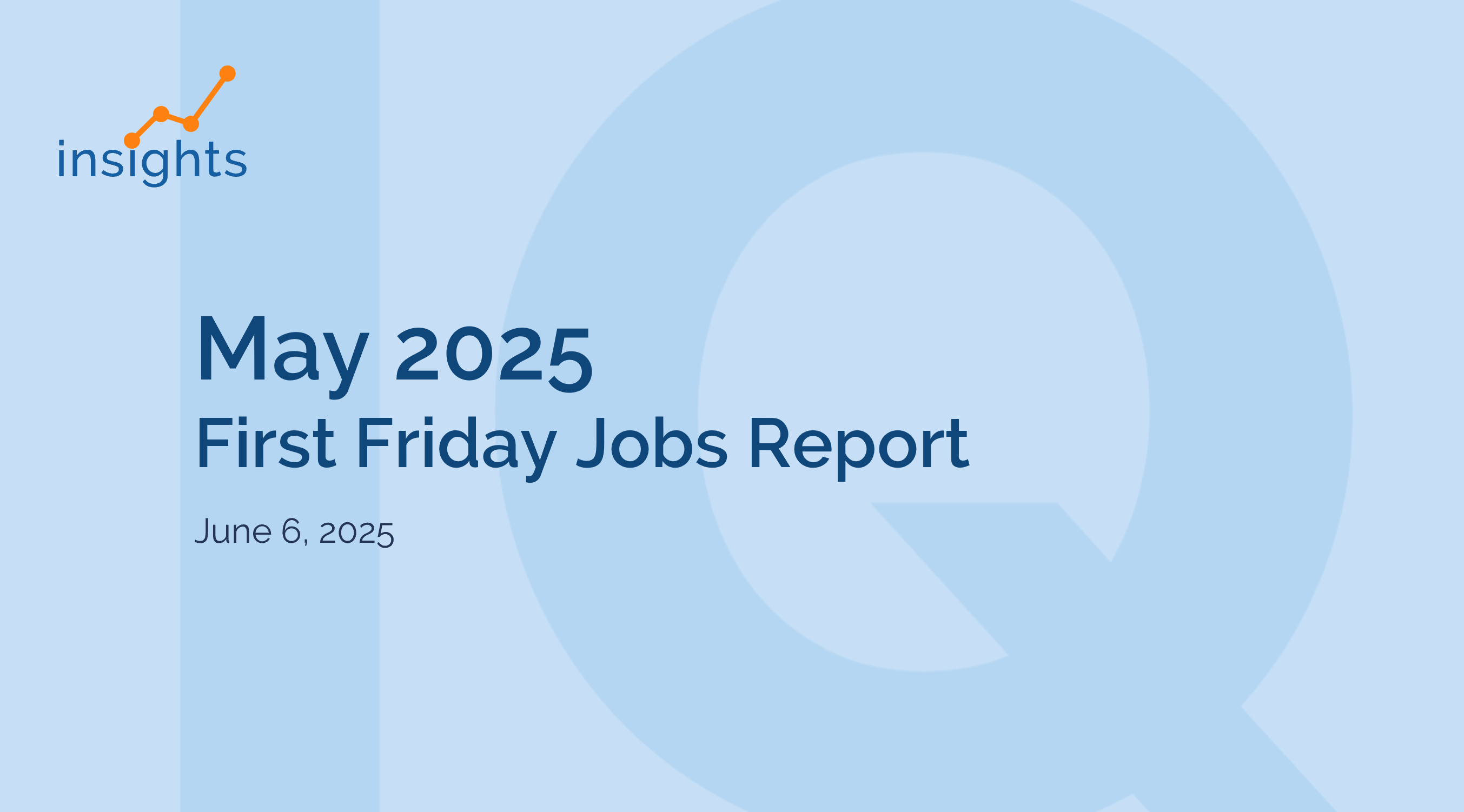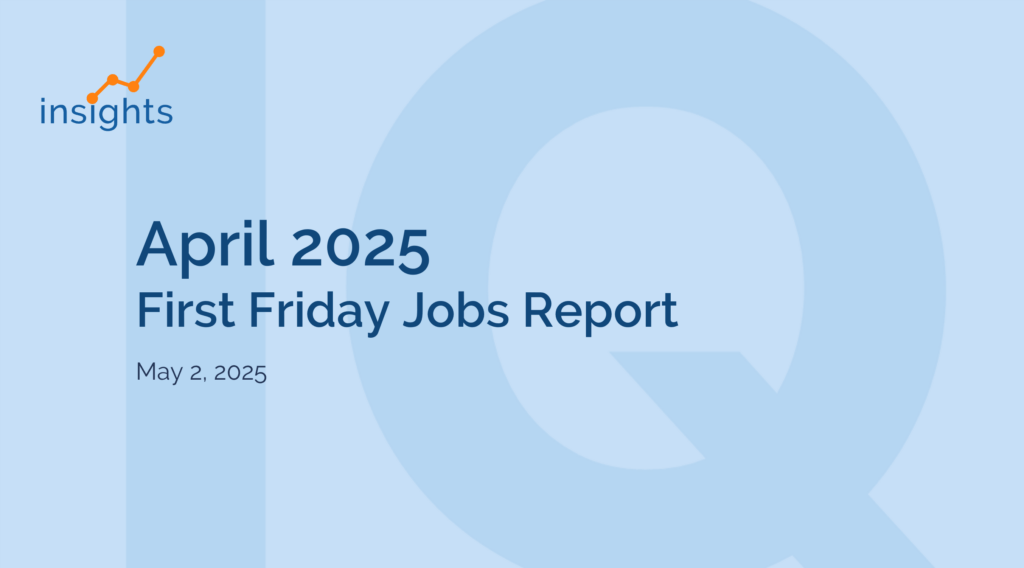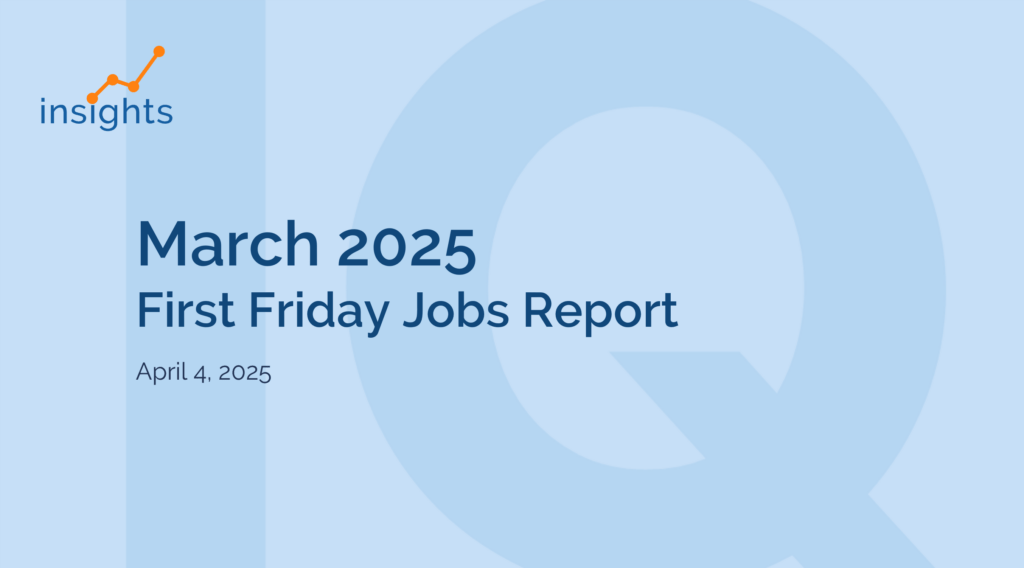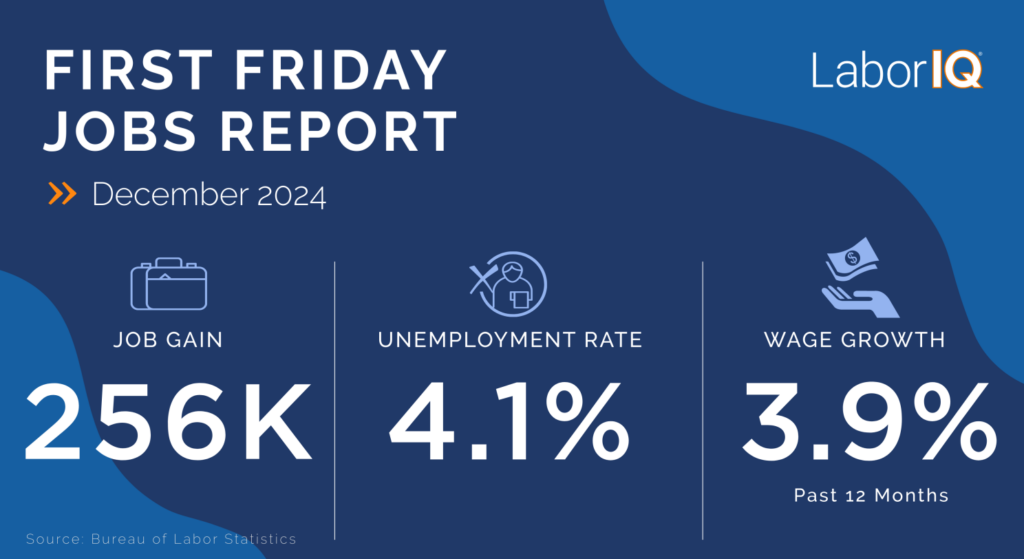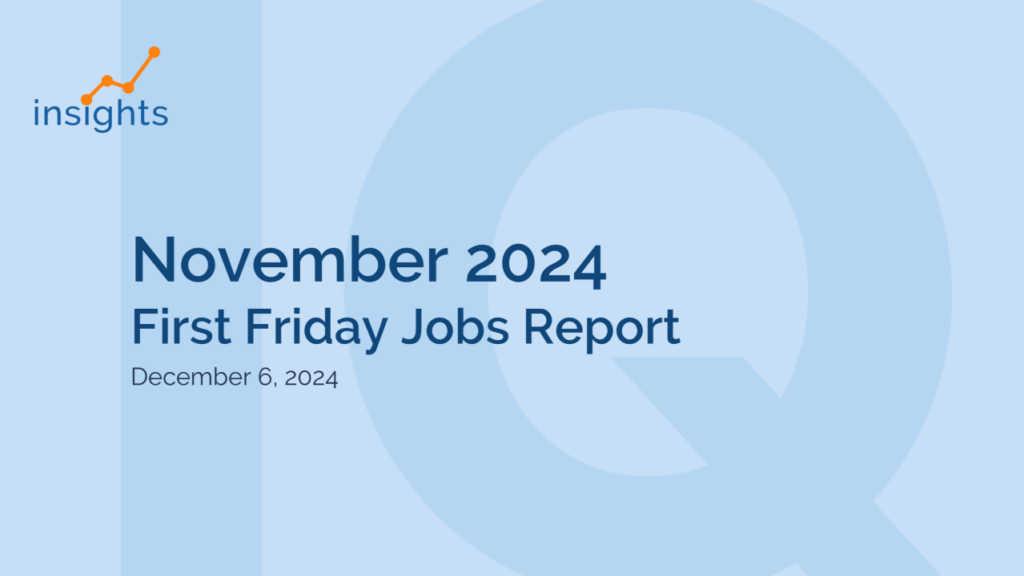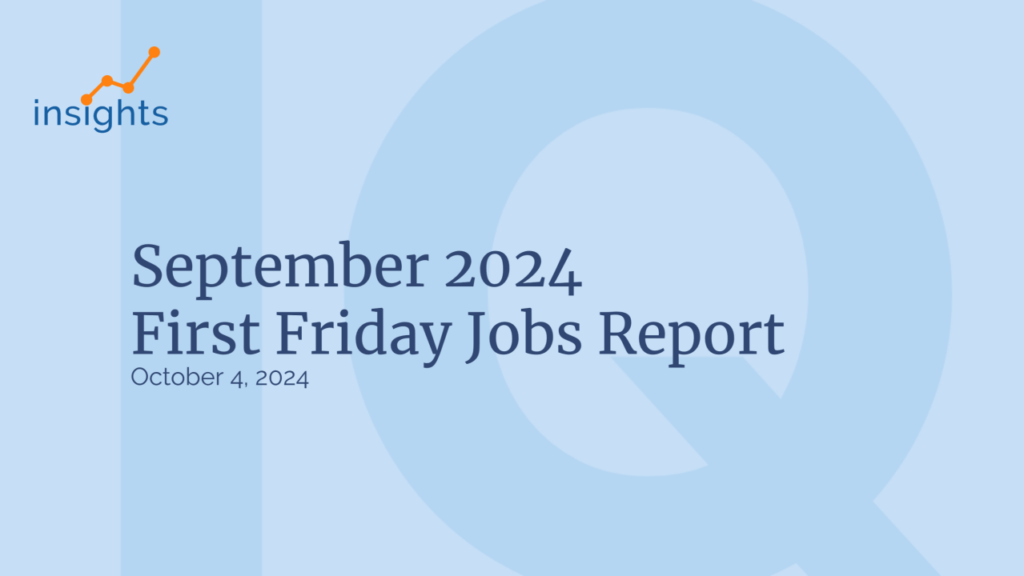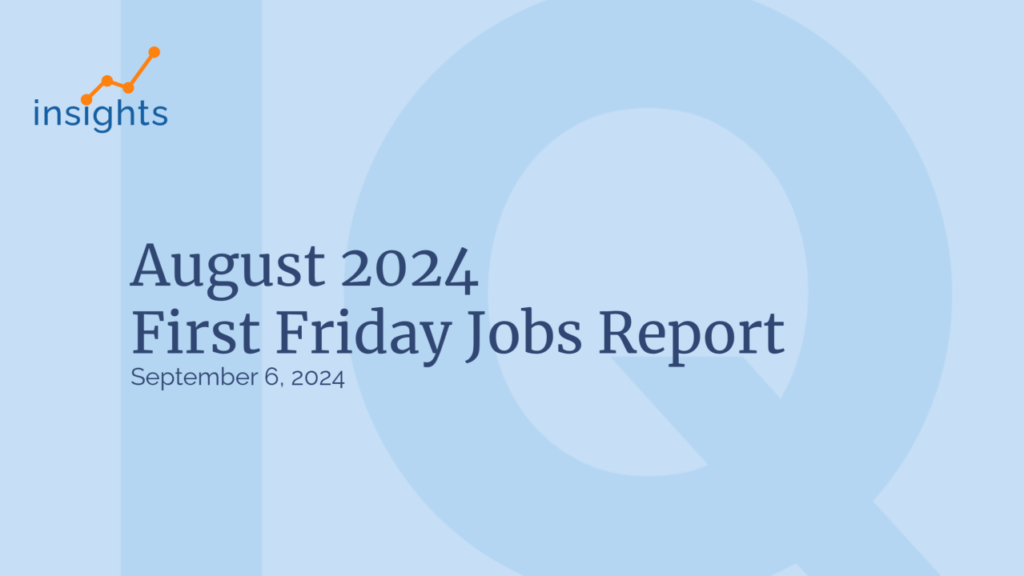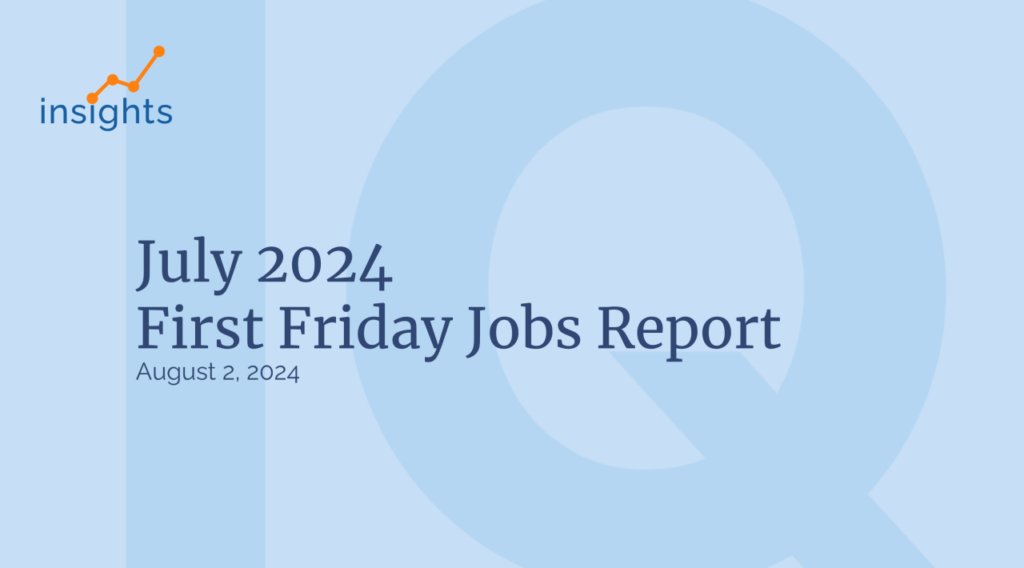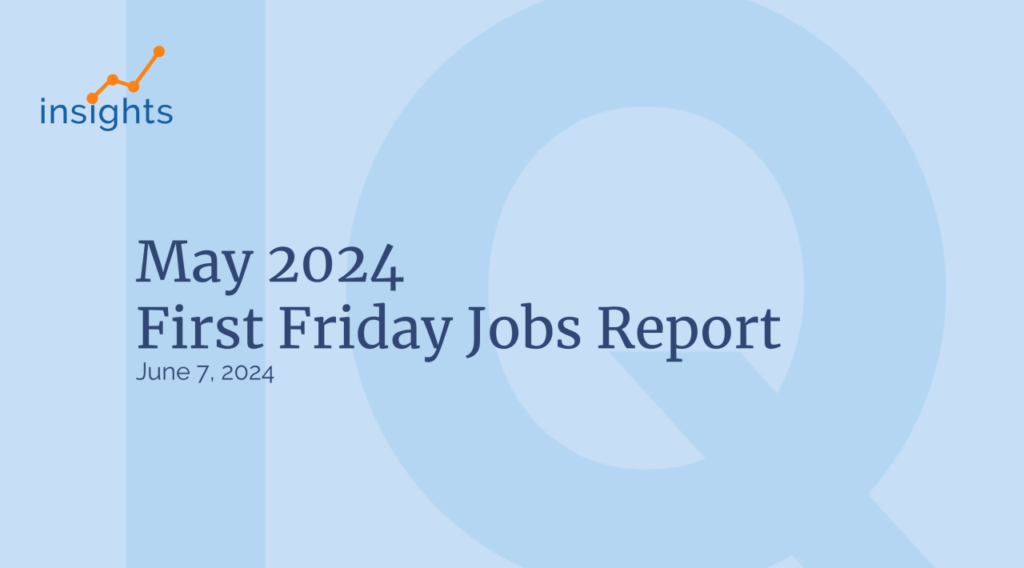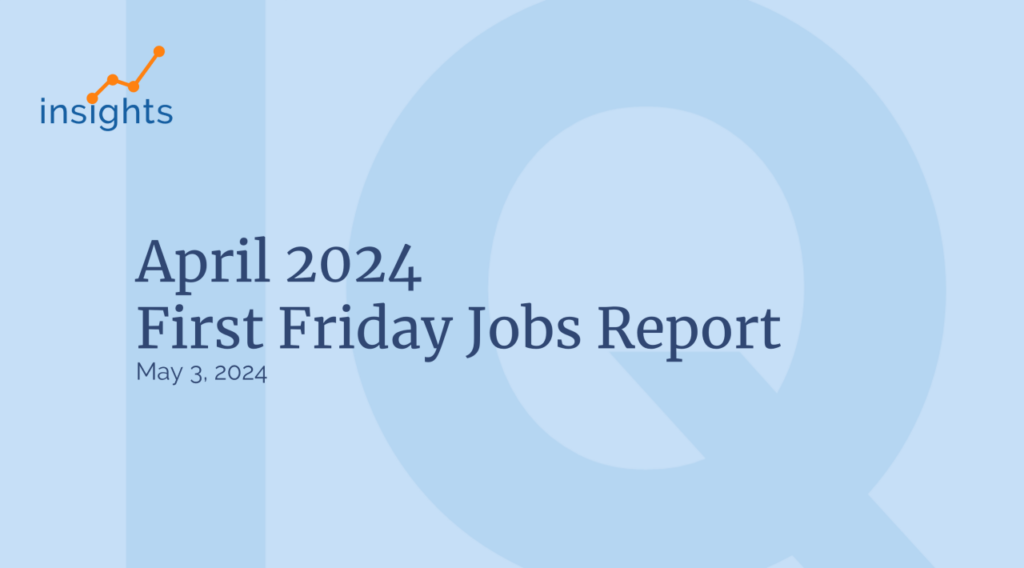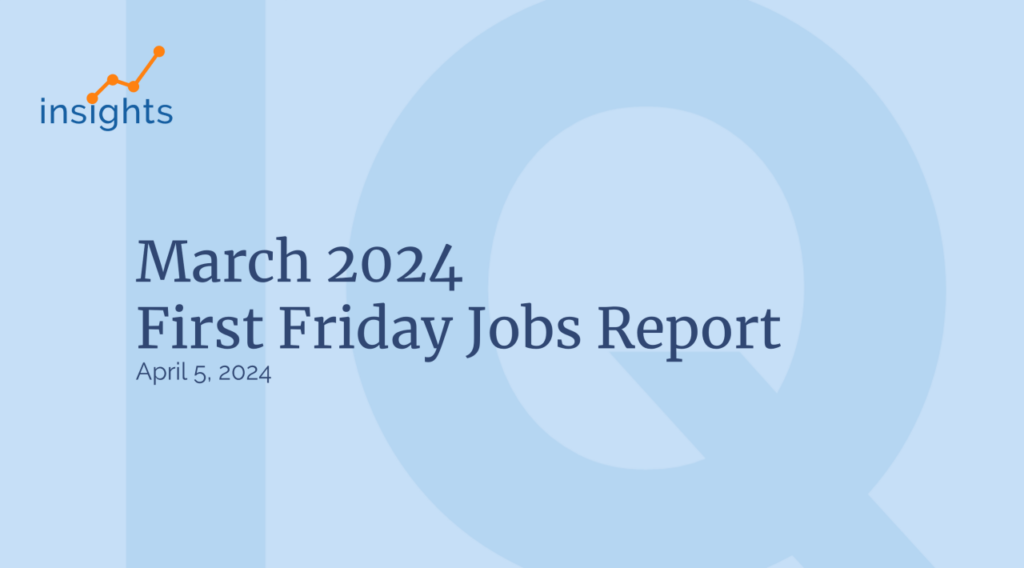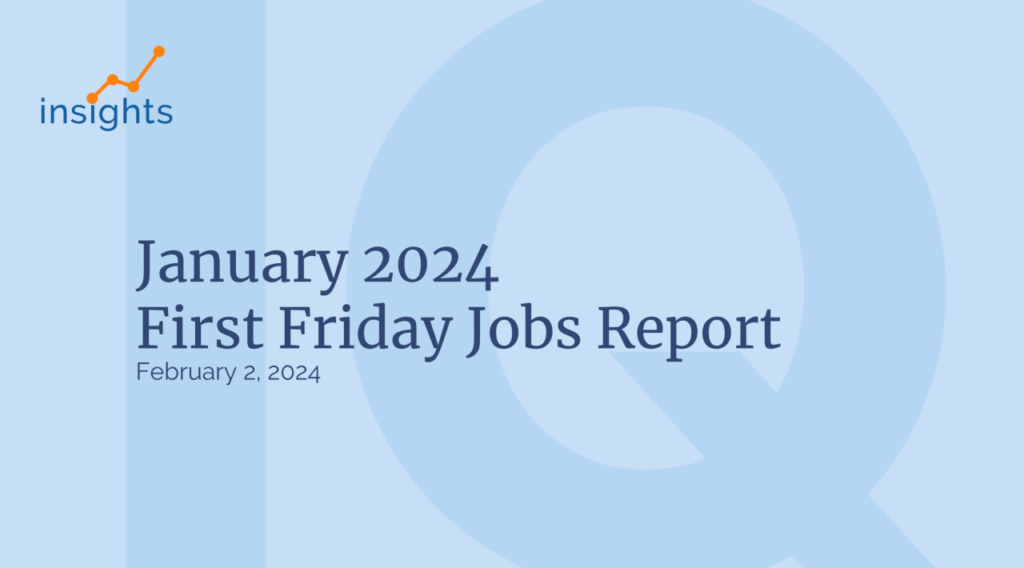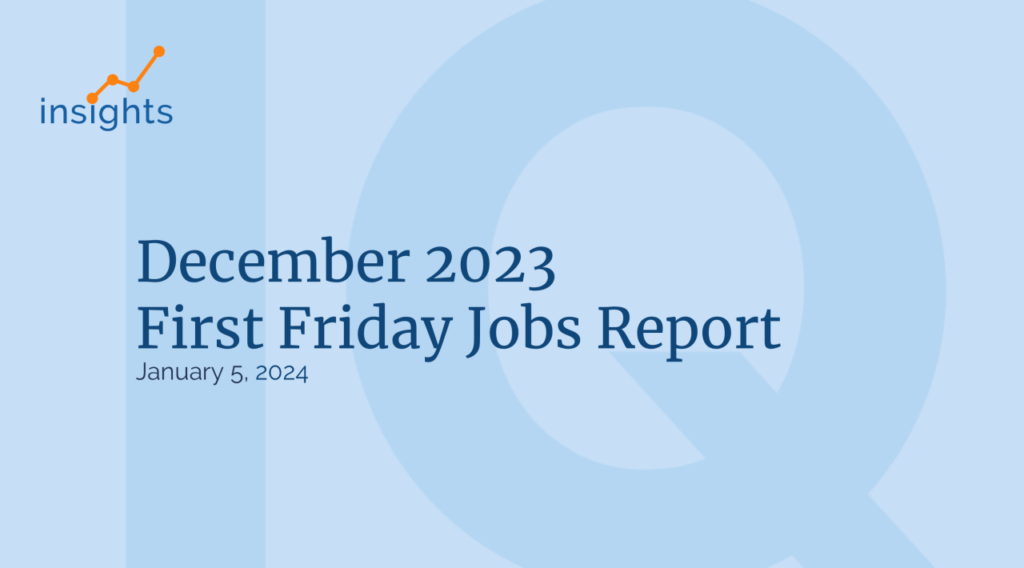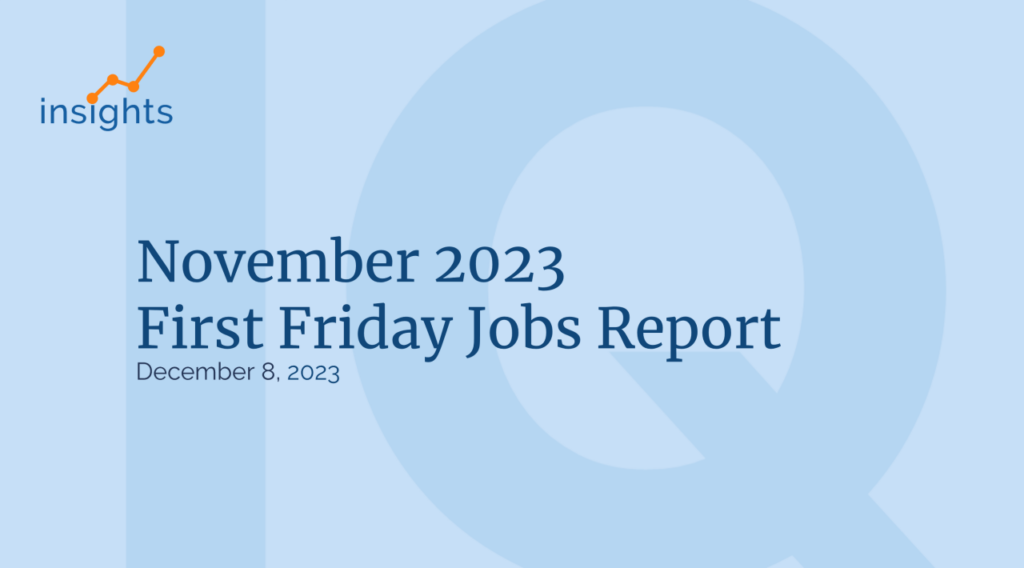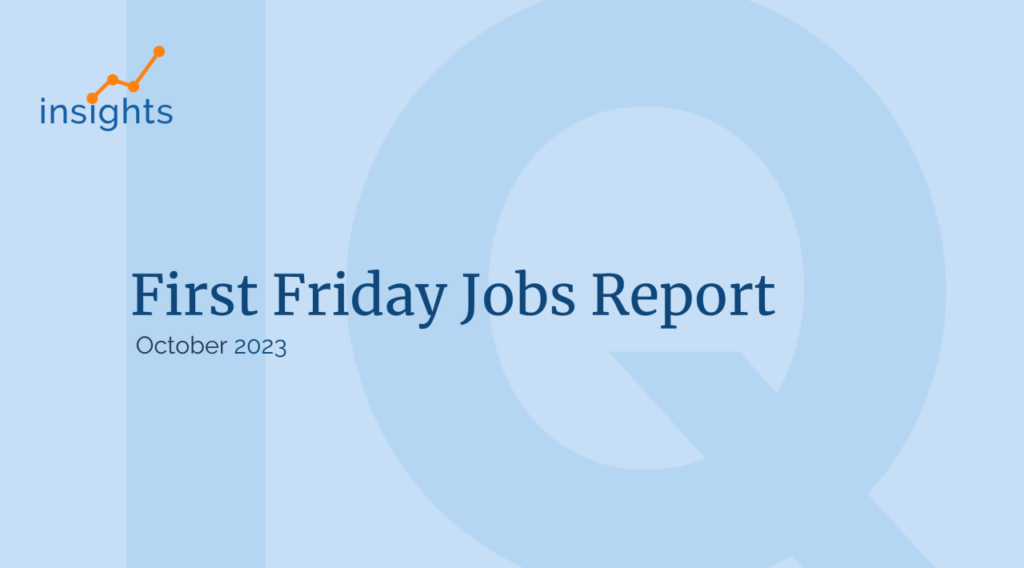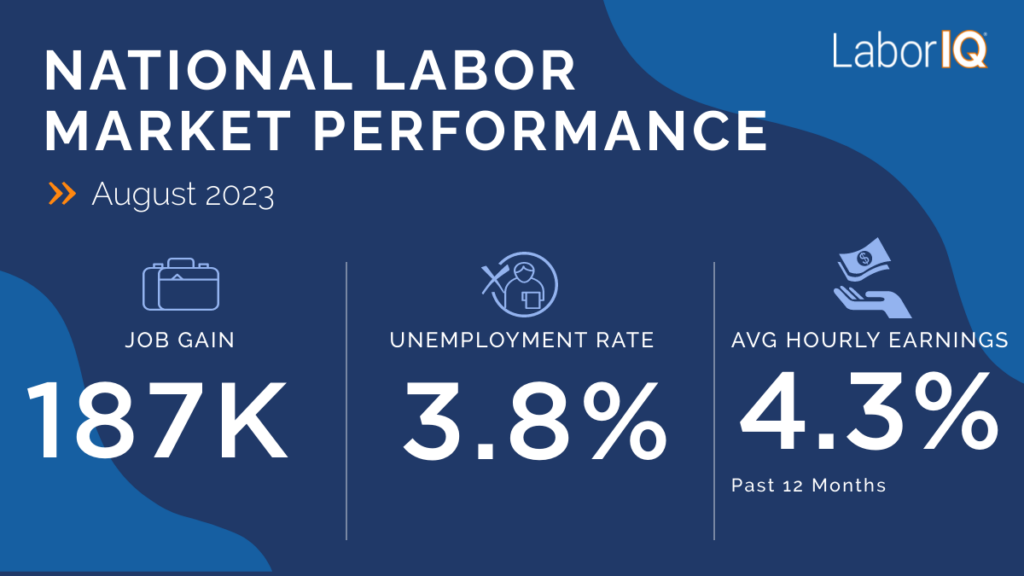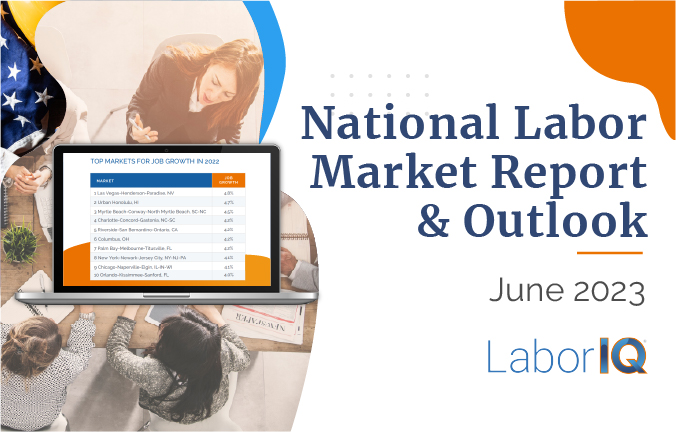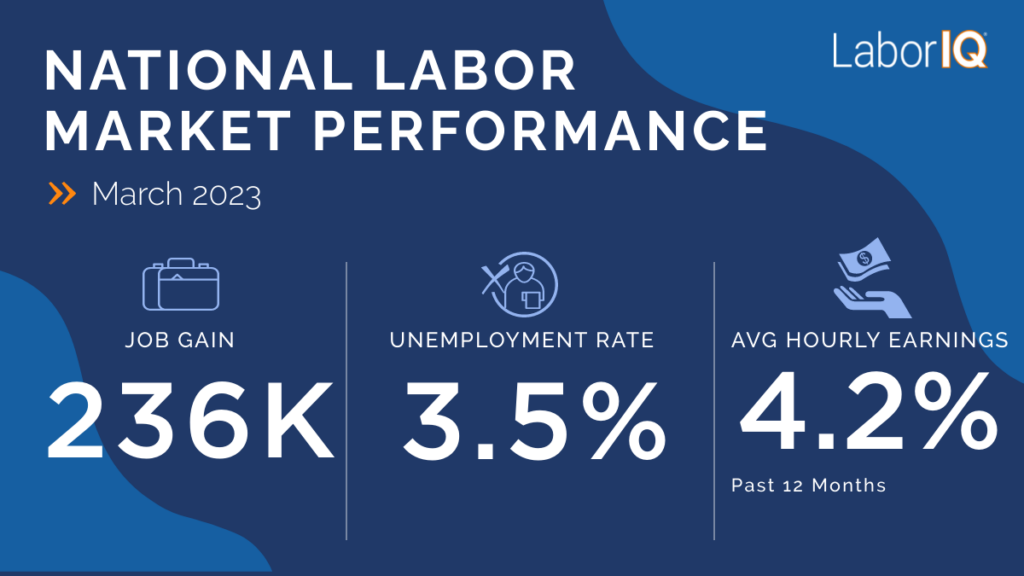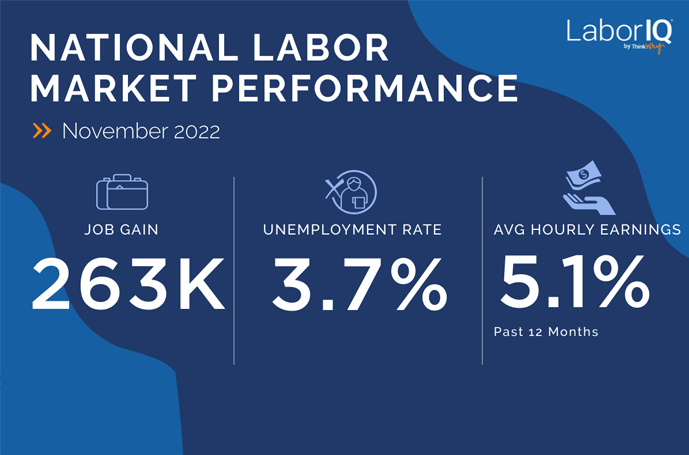On the surface, the May jobs report reinforces the resilience of the U.S. labor market. Once again, digging deeper paints a more nuanced picture.
U.S. businesses added 139,000 new jobs in May, in line with expectations. The unemployment rate held steady at 4.2%, and 12-month wage growth ticked up to 3.9%.
Jobs Report Highlights
📉 Hiring totals for March and April were revised downward by a combined 95,000 jobs. With May’s report, the labor market is averaging 124,000 new jobs added each month in 2025.
🏥 Once again, industries tell the full story.
Healthcare (+62,000) and leisure and hospitality (+48,000) accounted for nearly 80% of all new jobs added in May. Leisure and hospitality hiring indicates consumers continue to spend, despite headlines touting uncertainty.
Federal government (-22,000) shed the most jobs of any industry in May, bringing annual job losses to nearly 60,000. The temporary help services (-20,200) subsector, which includes businesses that provide temporary workers, dragged down the broader professional and business services industry (-18,000). While there are some bright spots, most industries are treading water.
💸 The labor market may be slowing, but wage growth remains robust. Over the past 12 months, wages grew by 3.9%. Businesses continue to face dueling challenges of slower economic growth and continued pressure to keep up with compensation.
More Compensation News
Compensation growth continues to be a major story from each jobs report, and it’s also one of the most impactful to a business’ budget.
Pay transparency in New Jersey
On June 1, New Jersey became the latest state to implement pay transparency requirements. Companies that conduct business in New Jersey and have 10 or more workers are required to share salary and benefit information in both external job postings and internal transfer opportunities. Nearly half of the U.S. workforce lives in an area with current or pending pay transparency requirements.
Even if your business is not in an area impacted by pay transparency legislation, expectations around compensation are shifting. Research shows that Gen Z applicants are less likely to apply for jobs when the posting lacks a salary range.
Establishing pay bands and communicating a clear pay philosophy are critical for any business’ talent attraction and retention strategies.
Gen Z unemployment rising
While Gen Z workers are challenging traditional approaches to compensation and workforce planning, they also face a more uncertain labor market as hiring slows and AI shapes talent strategy.
The unemployment rate for workers age 20–24 is 8.2% and likely to increase this summer as more college graduates enter the labor force. Businesses are pulling back on hiring plans amid economic uncertainty, and reports indicate some functions typically tasked to entry-level workers are being outsourced to AI.
Cutting back on entry level hiring could make sense in the short term. However, U.S. businesses still face a long-term talent shortage. Companies that can hire and develop entry-level talent will be able to fill roles to meet their growth plans.
As we head into the second half of 2025, expect wage growth and compensation trends to persist. At LaborIQ, we will be watching hiring and layoffs very closely to continue to provide guidance on talent and compensation strategies.

